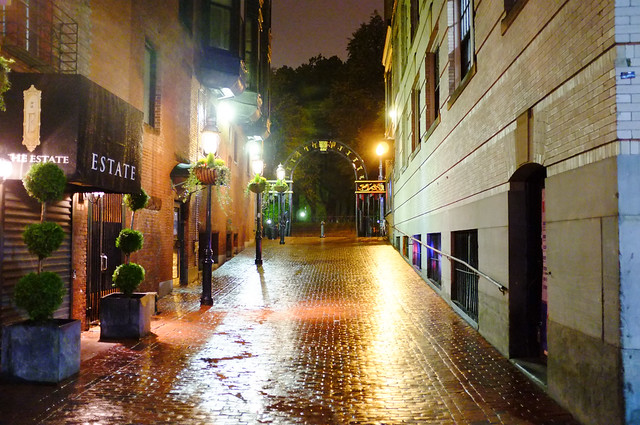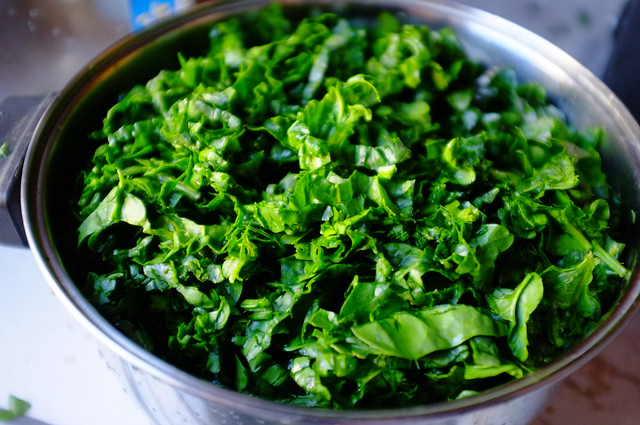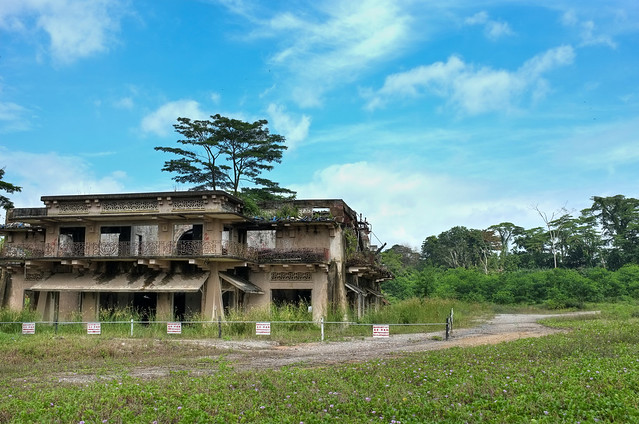Sunday, November 20, 2011
Kindle Fire -- 10 things I learn using it
I've read so many reviews about the Kindle Fire, and I am not going to review it, but rather, let you know what I've learn after using it and charging it for the second time.
1) This is a colored ebook reader, not really a replacement for your notebook. A tablet is still a tablet. If you think you can answer emails, write blogs and do actual work on this, you are kidding yourself. The keyboard is still crap. Don't throw away that notebook.
2) You get one month free Amazon Prime, and you get free ebook checkouts and videos to watch. When you activate your Kindle Fire, your free month starts immediately.
3) Android apps in the Amazon Appstore get Fire-optimized version. There are about 200,000+ apps in the android store and the Kindle app store only has 10,000. There is no Android app for the Kindle fire.
4) The Kindle Fire is able to download and store media locally. However after all being said and done, you only have 6GB to store on the memory of the Kindle Fire. You do get online storage on the Amazon cloud though. The kindle Fire uses Micro USB, and you can connect with your notebook to transfer files. Alternatively you can email it to yourself once you allow the email account to send you files.
5) Amazon claims 8 hours of battery use, however after my full charge, I watched 4 movies on Amazon prime and played around and download apps. (Yes, Wifi is on) I get about 6.5 hours left and the warning 15 mins left is now on. My screen is also on 65% brightness as I'm indoor all day. (And the 15 mins lasted 30 mins or more now, so 7 hour battery with wifi)
6) Amazon updates the kindle all the time! I left the wifi on, and I get updates several times now. It feels kinda invasive, however it is in the terms of service.
7) New Silk browser is still a mobile browser. It is indeed fast and smooth though. Has not crashed on me yet. I've watched Youtube videos on it fine as well.
8) There is only one button on the Kindle Fire. The power button. Everything else is on screen, in app buttons. This may be one of the reasons why some apps will need a rework on Kindle Fire.
9) If you stream everything, you will not even use much of the 6.5GB space in the Kindle Fire. Each app is about 20MB, and I installed about 100 apps, and I still have more than 6GB of space left. After loading in significant amount of ebooks, I have now slightly less than 6GB. I guess without music and video, 6.5GB may seem a lot.
10) Kindle Fire runs nook Apps. Yes, it does. Read here <-
-- Robin Low
Saturday, November 19, 2011
Kindle Fire -- The Unboxing.
I got my Amazon Kindle Fire on 17 Nov and it comes with just a charger and the tablet itself. Packaging is modest and simple. There is an instruction card, not even a manual!
The manual is actually an ebook in Kindle Fire!
I have charged it and played around with it for a while. JUST A REMINDER, when you want to do anything, you have to register with your Amazon Account, and instantly, YOU WILL GET YOUR FREE AMAZON PRIME.
So if you are not ready to start watching the free videos or ebooks yet, DON'T register!
The App Store is much different from Android App Store. It is fairly limited. The Kindle Fire is not really a tablet. It is more of a ebook reader Hybrid. Even though it runs Gingerbread Android 2.3, it is totally different from my Galaxy Tab with Gingerbread 2.3.
If you want to use it as a tablet, you may be totally disappointed!
Will play with it more and give a review later. Here are some photos.
-- Robin Low
Wednesday, November 16, 2011
Fuji x100 - Review
The Fuji x100.
It is a compact camera with an SLR-size APS-C sensor and traditional analogue control dials, that hides ground-breaking technology inside a retro-styled body with looks to die for. It's Fuji's first camera with a large, APS-C sensor aimed at professionals and advanced amateurs for like 5 years.
There are a few things that attracted me to this camera. It’s a retro-styled camera that squeezes an SLR-size APS-C sensor into its compact body, and sports a fixed, fast F2 maximum aperture semi-wideangle lens with a classic 35mm-equivalent field of view.
I've always wanted a small camera with the following features:
Manual Focus
Shoots Raw
APS-C Sensor or Full Frame
Fast Lens (F2 or higher)
And once I saw the x100 and how it looks, I MUST GET IT.
For a start, the x100 is not hard to look at. Here are some photos.
There are so many accessories for the x100 and it has the world's first Hybrid View Finder.
So What is the HYBRID VIEW FINDER?
It combines a conventional direct-vision optical viewfinder with a high-resolution electronic viewfinder, offering the best of both worlds. The optical view finder can also digitally overlay gridlines and other important information, making it strangely fascinating. It can also change to a digital view finder is also very high resolution and it gives you a better view in dark conditions.
Styling
The styling of the x100 works. It looks like a 1970 camera, the aperture controls, shutter speed dials and other controls are in pretty good locations, making it easy to use. There is a place to even for the flash in the small body, the place you would find the viewfinder in the old rangefinders.
Key features
12.3 megapixel APS-C sized CMOS sensor
Fixed 23mm F2 lens (equivalent to a 35mm lens on full frame)
2.8" LCD screen, 4:3 aspect ratio, 460,000 dots
Hybrid optical / electronic viewfinder
OVF with 0.5x magnification, projected framelines indicate approx 90% of field of view
EVF with ca 0.5x magnification, 1,440,000 dots
Traditional-style control dials for shutter speed, aperture and exposure compensation
ISO 100 (L), 200-6400, 12800 (H)
Flash hot shoe and built-in flash
Built-in neutral density filter (3 stops)
1280x720 HD movie recording with stereo sound (24 fps) H.264 .MOV (max 10 mins)
Here is a sample of a video of the x100
It records very fast with the press of the button, and focuses continually even in low light.
Here are some sample photos.
Indoor photos.



Night Photos





Day photos





Portraits







I feel that the quality of the photos are pretty good, most of the shots are done at ISO 3200, or ISO 1600 at night and yet you do not see much noise. The color is very vivid, and images pretty sharp.
Pros:
APS-C sensor in a small body
Good noise reduction
Fast f/2 lens
Beautiful and simple to use
Incredible Hybrid viewfinder
Cons:
Slow focusing
Manual focus is hard to use (or just sucks)
Macro Range 10cm - 2m
Maximum shutter speed at f/2 is 1/1000s (max speed of 1/4000s only for f/8 or smaller)
Relatively expensive at US$1200
I feel that the x100 tries to be all smart to control the light and the camera actually does not allow you to do artistic overexposed or underexposed silhouette shots. Even with manual aperture controls and shutter speed, the camera still seems to process the data when it makes the shot.
Overall:
This is a great travel camera and it does street photography really well. It is small and light for something with an APS-C sensor and it is pretty to look at.
I would give it a 8/10
It is a compact camera with an SLR-size APS-C sensor and traditional analogue control dials, that hides ground-breaking technology inside a retro-styled body with looks to die for. It's Fuji's first camera with a large, APS-C sensor aimed at professionals and advanced amateurs for like 5 years.
There are a few things that attracted me to this camera. It’s a retro-styled camera that squeezes an SLR-size APS-C sensor into its compact body, and sports a fixed, fast F2 maximum aperture semi-wideangle lens with a classic 35mm-equivalent field of view.
I've always wanted a small camera with the following features:
Manual Focus
Shoots Raw
APS-C Sensor or Full Frame
Fast Lens (F2 or higher)
And once I saw the x100 and how it looks, I MUST GET IT.
For a start, the x100 is not hard to look at. Here are some photos.
There are so many accessories for the x100 and it has the world's first Hybrid View Finder.
So What is the HYBRID VIEW FINDER?
It combines a conventional direct-vision optical viewfinder with a high-resolution electronic viewfinder, offering the best of both worlds. The optical view finder can also digitally overlay gridlines and other important information, making it strangely fascinating. It can also change to a digital view finder is also very high resolution and it gives you a better view in dark conditions.
Styling
The styling of the x100 works. It looks like a 1970 camera, the aperture controls, shutter speed dials and other controls are in pretty good locations, making it easy to use. There is a place to even for the flash in the small body, the place you would find the viewfinder in the old rangefinders.
Key features
12.3 megapixel APS-C sized CMOS sensor
Fixed 23mm F2 lens (equivalent to a 35mm lens on full frame)
2.8" LCD screen, 4:3 aspect ratio, 460,000 dots
Hybrid optical / electronic viewfinder
OVF with 0.5x magnification, projected framelines indicate approx 90% of field of view
EVF with ca 0.5x magnification, 1,440,000 dots
Traditional-style control dials for shutter speed, aperture and exposure compensation
ISO 100 (L), 200-6400, 12800 (H)
Flash hot shoe and built-in flash
Built-in neutral density filter (3 stops)
1280x720 HD movie recording with stereo sound (24 fps) H.264 .MOV (max 10 mins)
Here is a sample of a video of the x100
It records very fast with the press of the button, and focuses continually even in low light.
Here are some sample photos.
Indoor photos.



Night Photos





Day photos





Portraits







I feel that the quality of the photos are pretty good, most of the shots are done at ISO 3200, or ISO 1600 at night and yet you do not see much noise. The color is very vivid, and images pretty sharp.
Pros:
APS-C sensor in a small body
Good noise reduction
Fast f/2 lens
Beautiful and simple to use
Incredible Hybrid viewfinder
Cons:
Slow focusing
Manual focus is hard to use (or just sucks)
Macro Range 10cm - 2m
Maximum shutter speed at f/2 is 1/1000s (max speed of 1/4000s only for f/8 or smaller)
Relatively expensive at US$1200
I feel that the x100 tries to be all smart to control the light and the camera actually does not allow you to do artistic overexposed or underexposed silhouette shots. Even with manual aperture controls and shutter speed, the camera still seems to process the data when it makes the shot.
Overall:
This is a great travel camera and it does street photography really well. It is small and light for something with an APS-C sensor and it is pretty to look at.
I would give it a 8/10
Subscribe to:
Comments (Atom)





























